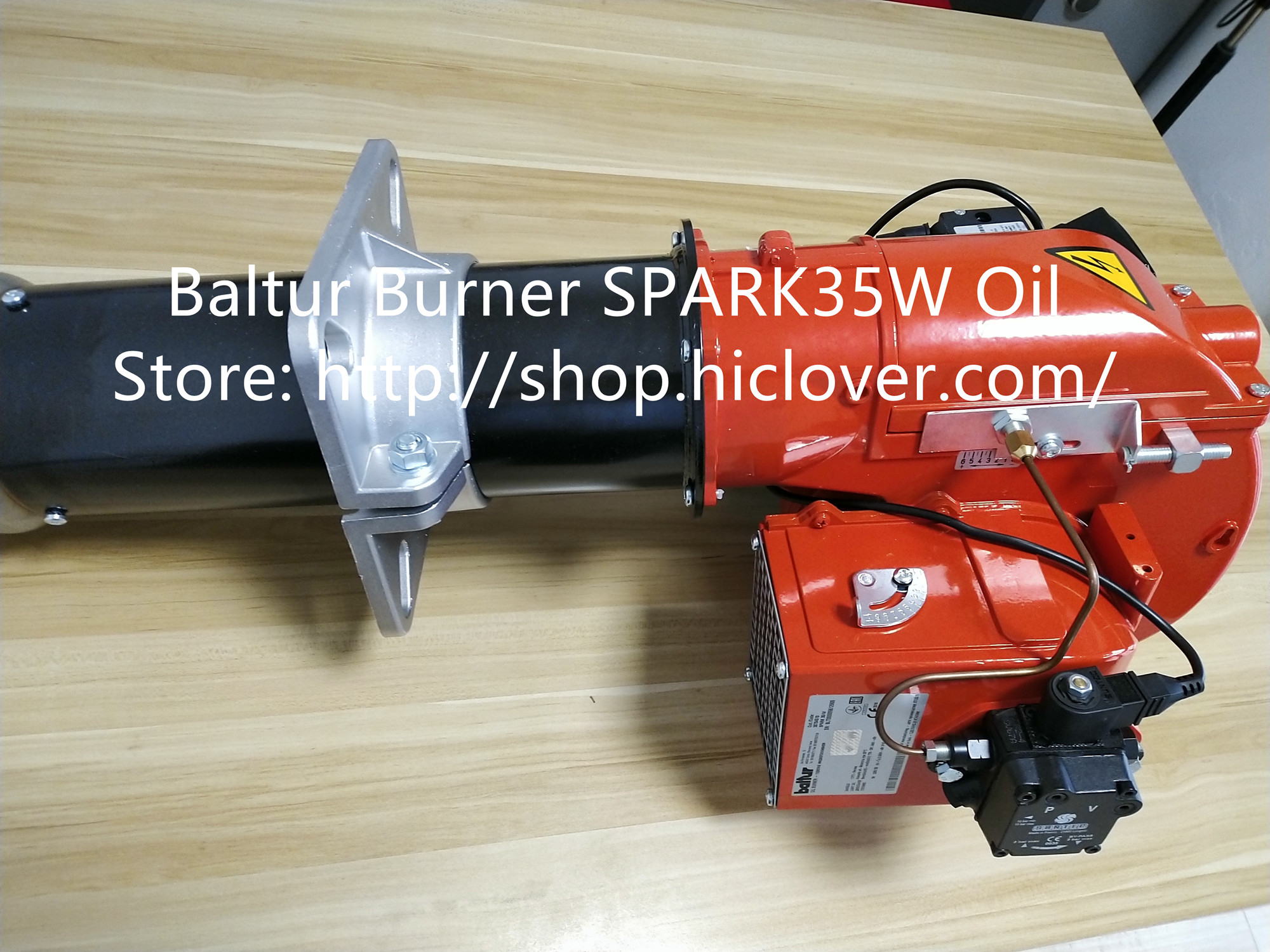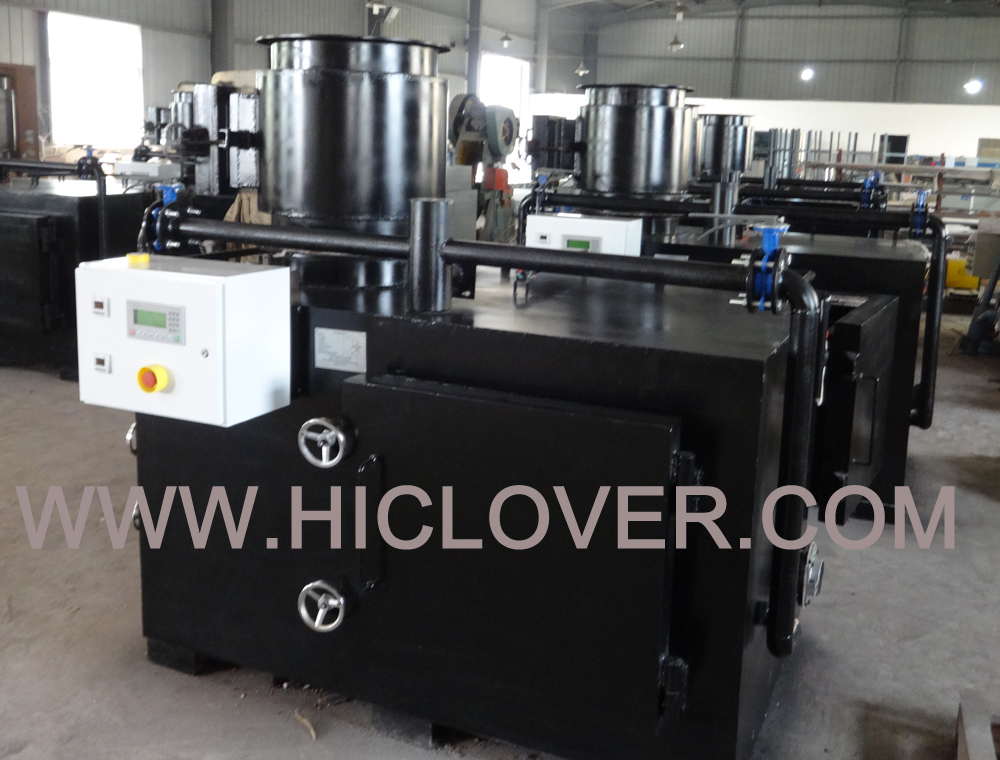Waste management is a critical issue that affects every community around the world. With the increasing amount of waste being generated, finding effective and sustainable solutions for its disposal is essential. One such solution is the use of incinerators, which can effectively reduce the volume of waste and generate energy at the same time.
Building an effective incinerator for waste management involves a deep understanding of the science behind combustion and waste treatment. The process of incineration involves the combustion of waste at high temperatures, typically between 800°C and 1000°C, in the presence of excess oxygen. This process results in the complete oxidation of organic materials and the release of energy in the form of heat.
To build an effective incinerator, several key elements need to be considered. These include the design of the combustion chamber, the control of air flow and temperature, and the treatment of flue gas emissions.
The combustion chamber is the heart of an incinerator, where the waste is burned to release energy. It is important to design the chamber in a way that ensures proper mixing of waste and air, as well as the efficient transfer of heat to the surrounding materials. The design should also allow for the complete combustion of waste, minimizing the formation of pollutants such as dioxins and furans.
Controlling air flow and temperature is another critical aspect of building an effective incinerator. Proper air flow is essential to ensure that the waste is burned efficiently and that the combustion process is maintained at the desired temperature. This involves the use of air supply systems and temperature control mechanisms to optimize the combustion process.
In addition to efficient combustion, the treatment of flue gas emissions is also a key consideration. Incineration produces a variety of pollutants, including particulate matter, heavy metals, and acid gases. Therefore, effective flue gas treatment systems such as scrubbers and filters are necessary to remove these pollutants and reduce the environmental impact of the incineration process.
In recent years, advancements in technology have allowed for the development of more efficient and environmentally friendly incinerators. For example, the use of advanced flue gas treatment systems and the integration of energy recovery technologies have significantly improved the overall performance of incinerators.
Furthermore, the integration of renewable energy sources such as biomass and waste heat recovery systems has enabled incinerators to generate electricity and heat, making them a more sustainable option for waste management.
In conclusion, the science behind building an effective incinerator for waste management involves a thorough understanding of combustion and waste treatment processes. By carefully considering the design of the combustion chamber, controlling air flow and temperature, and treating flue gas emissions, incinerators can be built to efficiently reduce the volume of waste and generate energy in a sustainable manner. As technology continues to advance, incineration is likely to become an increasingly important part of the waste management infrastructure, helping to address the global challenge of waste disposal.



